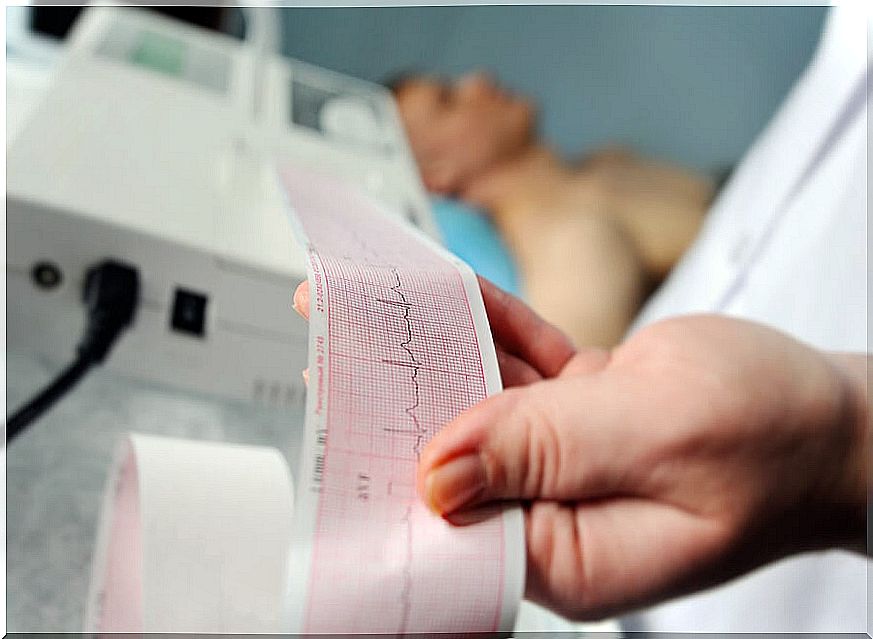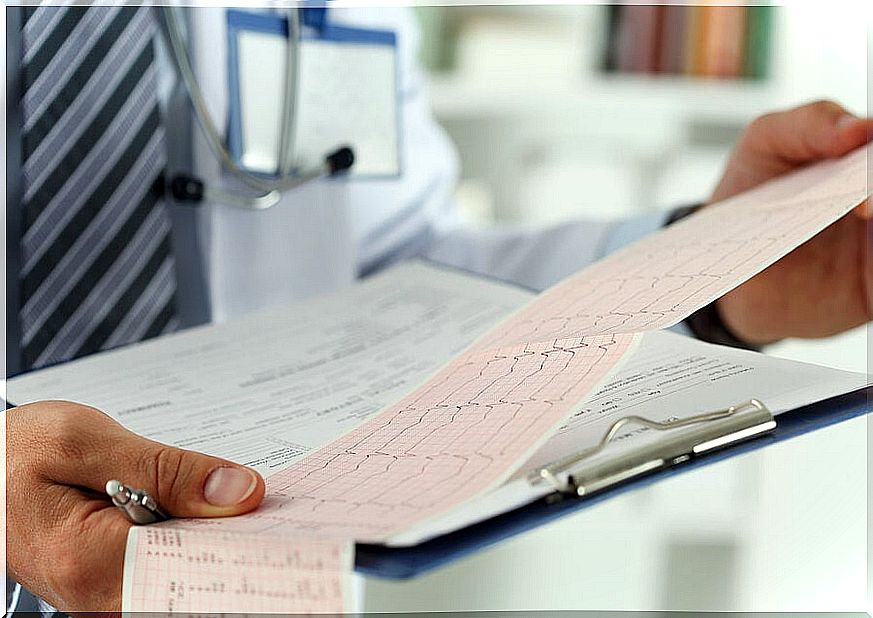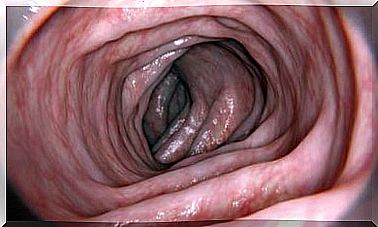Holter: What Does It Consist Of?
Carrying out an electrocardiogram on an outpatient basis, that is, with the patient doing their daily activities, is not something totally new. The idea of the holter was introduced in 1961 by Norman J. Holter.
Due to its inventor, the recording of heart activity for at least 24 hours is called a holter . This registration is done through a small device that the person wears attached to their body for the stipulated time.
What is the holter for?
The holter allows to record the activity of the heart in real time and during the realization of the activities of the daily life. Therein lies its importance and the potential it has for the diagnosis made by cardiologists.
In general, the holter is requested by the specialist once a conventional electrocardiogram has been performed in the office. If there are doubts or if a pathology is suspected that can only be inferred through a long-term record, the test is scheduled.
Long-term heart activity log can be recorded in three ways: continuous, intermittent, and analytical:
- Continuous : with a system similar to that used by the office electrocardiogram, it records the heartbeat on an analog tape.
- Intermittent : not the complete twenty-four hours of the holter are recorded, but pre-established periods.
- Analytical : it is in real time and performs a constant electrocardiogram for each beat that occurs during the duration of the study. The information is digitized in solid state memories.

How is a holter performed?
The test does not represent any pain to the patient. It basically consists of connecting electrodes to the patient’s chest in the form of patches that stick to the skin. They are not invasive and do not penetrate inside the body.
The patches are connected by cables to the device that will record and save the information. It is a small device that can fit in a pocket or be attached to the arm, for example, with a bra designed for that purpose.
The fundamental idea is that the patient performs all daily activities in a normal way, to understand what happens in his heart while the daily life goes on. The Holter should not be removed or disconnected from your body for the time that has been established for the study.
Along with the operation of the device, the patient should record their daily activities with the schedule. This will allow the physician to relate the events recorded in the holter with what the patient has been doing at that precise moment.
It is also important to record symptoms that may appear during the Holter test. If you suffered any type of pain, shortness of breath or palpitations, it is essential that you write down the schedule.
Once the registration period is over, the patient returns to their cardiologist to have the device removed and the information downloaded. The holter record and the patient’s activities are compared to arrive at a diagnosis.
It may interest you: 7 steps to interpret an electrocardiogram
Holter indications
When faced with the logical question of whether all people with a history or heart problems should have a holter, the answer is no. There are precise indications as to who benefits from the practice.
People with arrhythmias, in general, require the study. Arrhythmia is an irregular rhythm of the heartbeat. Also those who have suffered a fainting without apparent cause can benefit from the holter.
Sometimes the cardiologist will order a holter monitor after performing an in-office EKG. That first baseline study may not have been conclusive, or a condition is suspected that was not detected in the short period of the office EKG.
There are heart diseases that increase the risk of developing arrhythmias in the near future, such as an increase in the size of the heart. This condition, which is called cardiac hypertrophy, is regularly studied with Holter.

Care during the procedure
Using the Holter does not produce great adverse effects. Some irritation can only be registered in the areas of the skin where the electrodes are placed. Once the patches are removed, the irritation disappears in a short time.
While the device is in operation, there are a series of cares that the patient must take. They are minimal, but compliance with them will avoid errors in the registry or possible complications.
Although the appliance should be used in all activities of daily life, the person should not shower. On the other hand, it is important to stay away from sources of magnetism and high voltage so as not to alter the result. This involves microwaves, electric toothbrushes, and metal detectors.
If you need to have a Holter test, it shouldn’t be a cause for concern. The care that must be taken will be informed by the cardiologist, and the lack of important adverse effects is one more reason not to fear.








